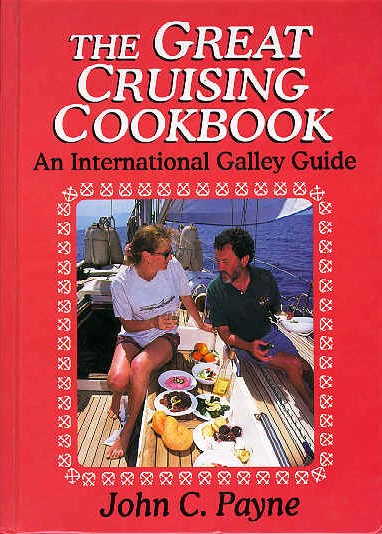Gambier Islands French Polynesia
The Gambier Islands French Polynesia, also known as Îles Gambier, are a stunning archipelago in French Polynesia, located in the southeasternmost part of the Tuamotu Archipelago in the South Pacific. They are about 1,600 kilometers (nearly 1,000 miles) east-southeast of Tahiti.
This group of islands is volcanic in origin and includes notable islands like Mangareva, Taravai, Akamaru, and Aukena. Mangareva is the largest and most prominent island, known for its lush green mountains, turquoise lagoons, and historical sites like St. Michael’s Cathedral. The islands are surrounded by a barrier reef, creating a picturesque lagoon that is perfect for exploring.
Gambier Islands French Polynesia
The Gambier Islands have a rich cultural history, with Polynesian settlement dating back to around 1000 A.D. They were later influenced by European missionaries in the 19th century, leaving behind unique architectural and cultural landmarks. Today, the islands are a serene and remote destination, offering visitors a chance to experience traditional Polynesian culture, breathtaking natural beauty, and a peaceful escape from the modern world. Would you like to know more about their history, culture, or travel tips?
Gambier Islands French Polynesia History
The Gambier Islands have an interesting history. The Gambier Islands were discovered in 1797 by James Wilson, who was the captain of the ship Duff of the London Missionary Society. He named the islands after the Huguenot James Gambier, who had financially supported the expedition. In 1825, the British Frederick William Beechey reached the islands on his vessel HMS Blossom during an exploration voyage. They were originally settled by Polynesians around the 10th century, and their culture was deeply rooted in traditional Polynesian practices. By the 19th century, European missionaries arrived, particularly Catholic missionaries, who transformed the islands. They established Mangareva as a religious hub, building impressive churches, convents, and other structures, many of which are still standing and offer a glimpse into the past. The islands maintain a mix of Polynesian traditions and European influences. Art forms like weaving and carving remain significant. The locals celebrate with vibrant music, dance, and rituals that are integral to their identity. French is the official language, but you’ll also hear Mangarevan, a Polynesian dialect, spoken. Pearl farming is common in the numerous pearl farms (at least 120 or more) in the various Gambier lagoons, and the relatively cold watersare ideal for high quality pearl production.
Gambier Islands French Polynesia
- Mangareva Lagoon: Renowned for its vibrant coral reefs and crystal-clear waters, perfect for snorkeling and diving.
- St. Michael's Cathedral: A stunning Catholic church made of coral limestone and black pearls, showcasing the architectural influence of the missionaries.
- Local Pearls: The Gambier Islands are famous for their black pearls. Many visitors explore pearl farms to learn about the cultivation process and purchase these beautiful treasures.
Gambier Islands French Polynesia
The Gambier Islands are quite remote, so they don't have large supermarkets like you might find in urban areas. However, there are small local stores where residents and visitors can purchase basic supplies. Additionally, the islands are known for their local produce and traditional goods. Due to the islands' remoteness, many food items are imported. Local stores stock essentials, but the variety may be limited compared to larger islands like Tahiti. You might find small markets or stalls where locals sell fresh fruits, vegetables, and handmade items. If you're planning a visit, it's a good idea to bring along any specific items you might need, as the selection can be limited. Let me know if you'd like tips on preparing for a trip to such a remote paradise! The Gambier Islands offer a unique culinary experience that blends Polynesian traditions with local ingredients.
- Seafood: Fresh fish and shellfish are staples, often prepared simply to highlight their natural flavors.
- Tropical Fruits: Mangareva, the main island, is abundant with fruits like coconuts, bananas, and breadfruit.
- Traditional Dishes: Poisson cru (raw fish marinated in lime and coconut milk) is a popular dish across French Polynesia, including the Gambier Islands.
Gambier Islands French Polynesia Local Dining
Guesthouses and Small Eateries: Many guesthouses provide meals for their guests, often featuring fresh, locally sourced ingredients like seafood and tropical
- Poisson Cru: A must-try dish made with raw fish marinated in lime juice and coconut milk.
- Grilled Seafood: Freshly caught fish and shellfish, often grilled or cooked in traditional Polynesian styles.
- Breadfruit and Taro: These starchy staples are commonly served as sides or incorporated into dishes.
Gambier Islands French Polynesia Sailing
Given the remoteness of the Gambier Islands there are limited medical services. There is a small health center or clinic on Mangareva, with basic medical care. If you more urgent need or serious medical issues or emergencies, you will need to take a long flight to Tahiti.
- Navigation: Be cautious of coral heads and pearl farm buoys in the lagoon.
- Supplies: Stock up on essentials before arriving, as local stores have limited options.
- Weather: Plan your trip during favorable weather conditions, as the islands can experience strong winds and rain.
- Rikitea: The main anchorage near Mangareva Island is popular. It offers protection and proximity to the town, where you can find basic supplies.
- Southern Taravai: A picturesque anchorage with stunning views and opportunities for snorkeling and diving.
- Te Reva Tua: A serene spot for anchoring, ideal for those seeking solitude and natural beauty.
Go and voyage somewhere different and go to the Gambier Islands and enjoy somewhere away from the crowds.
